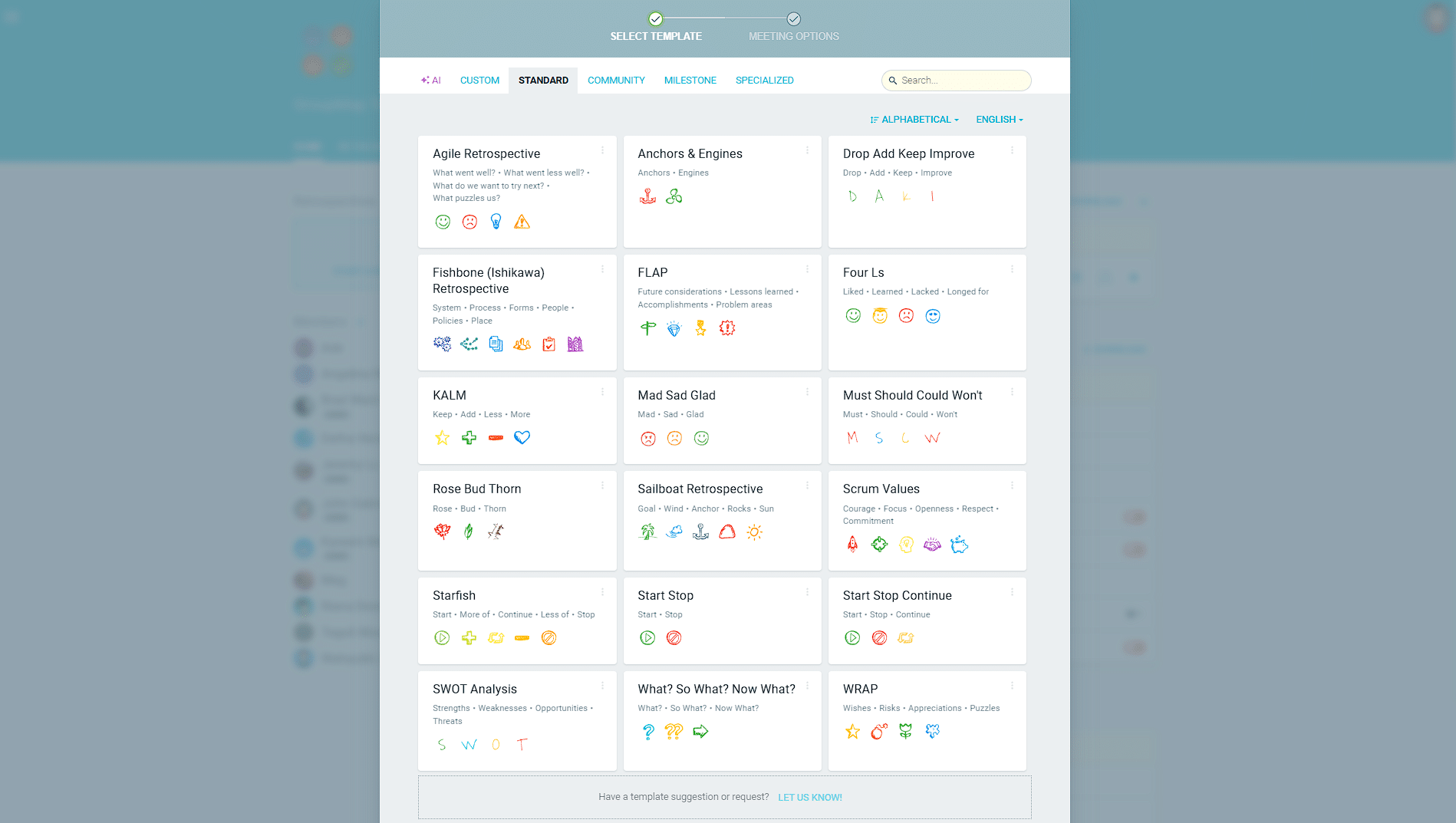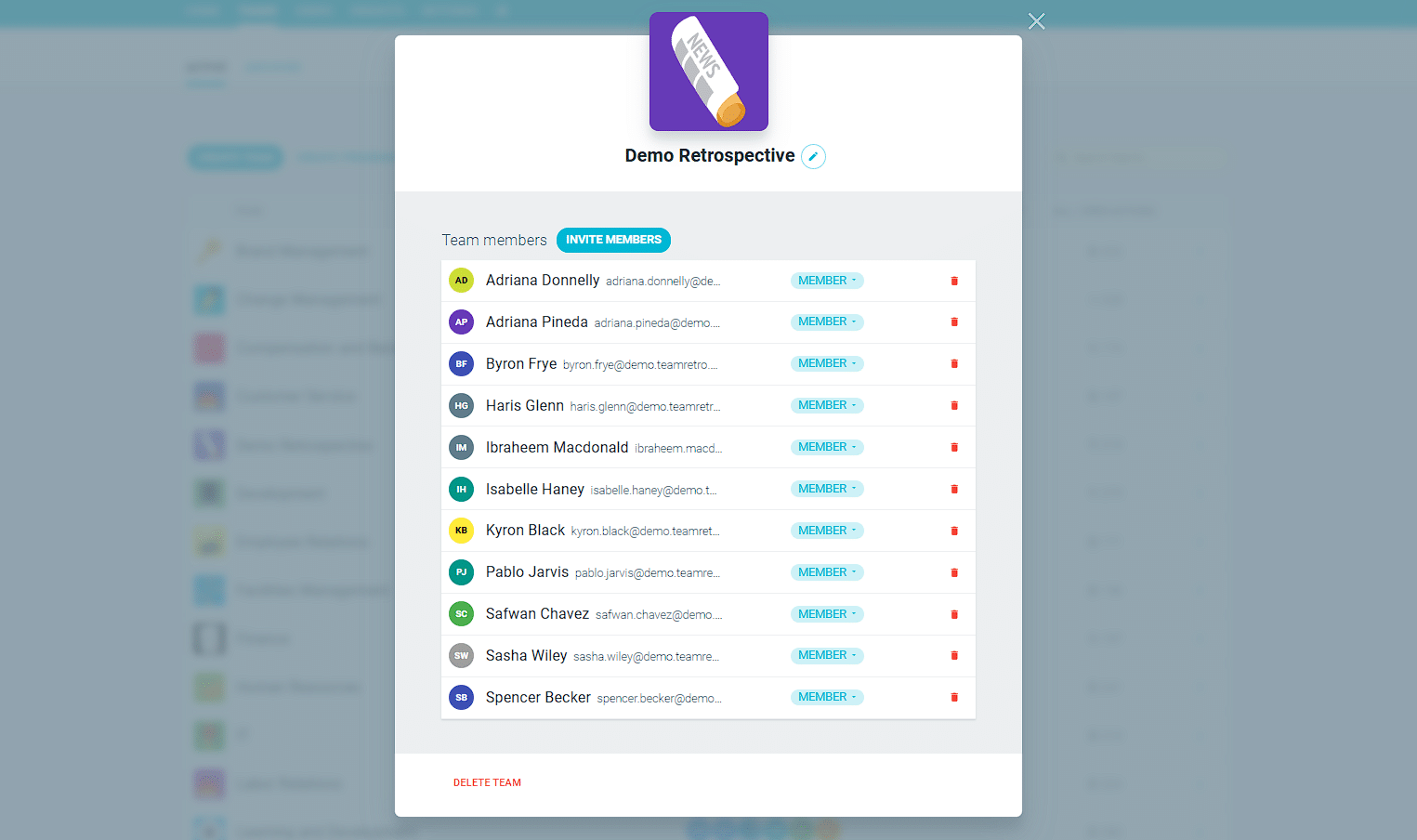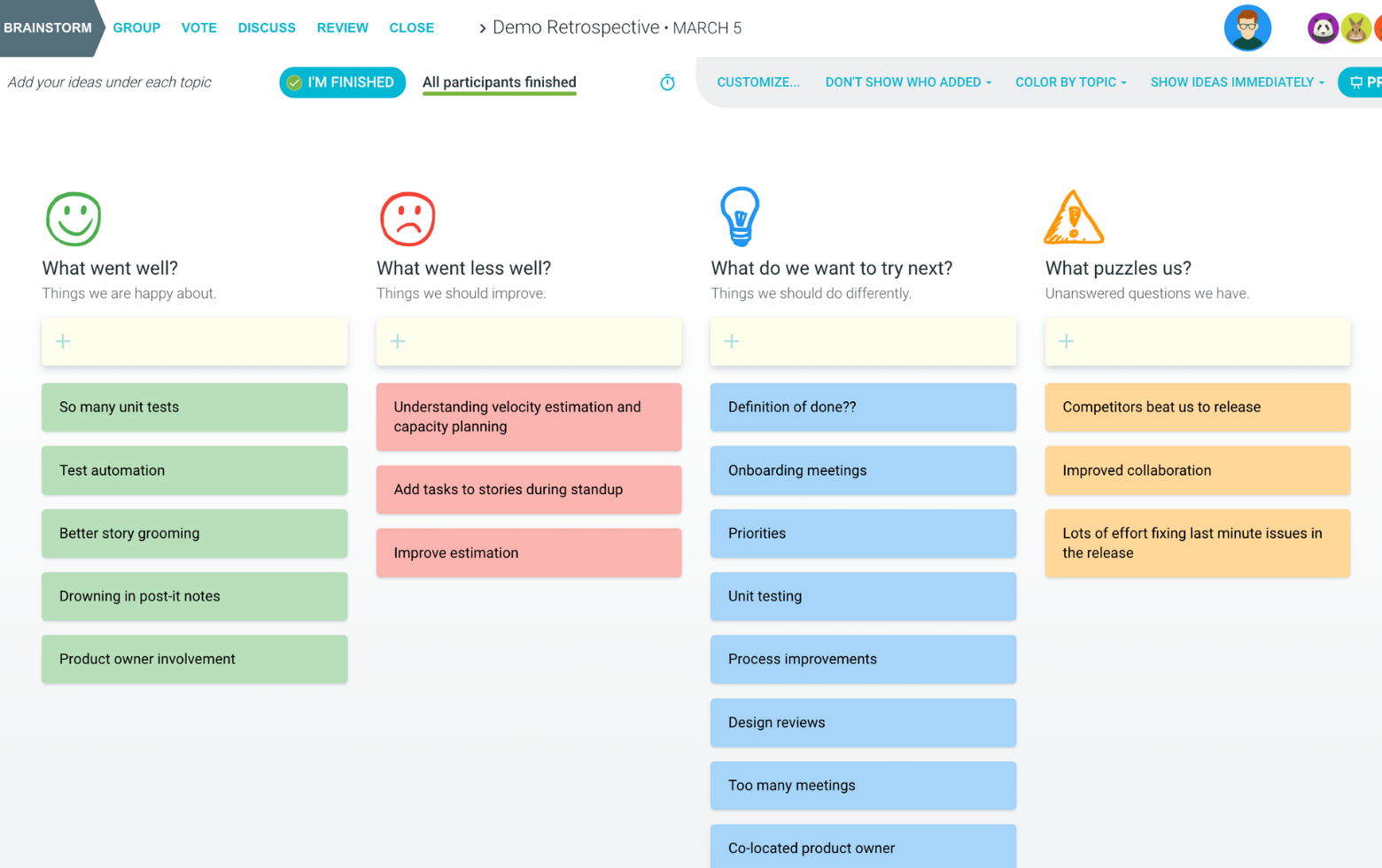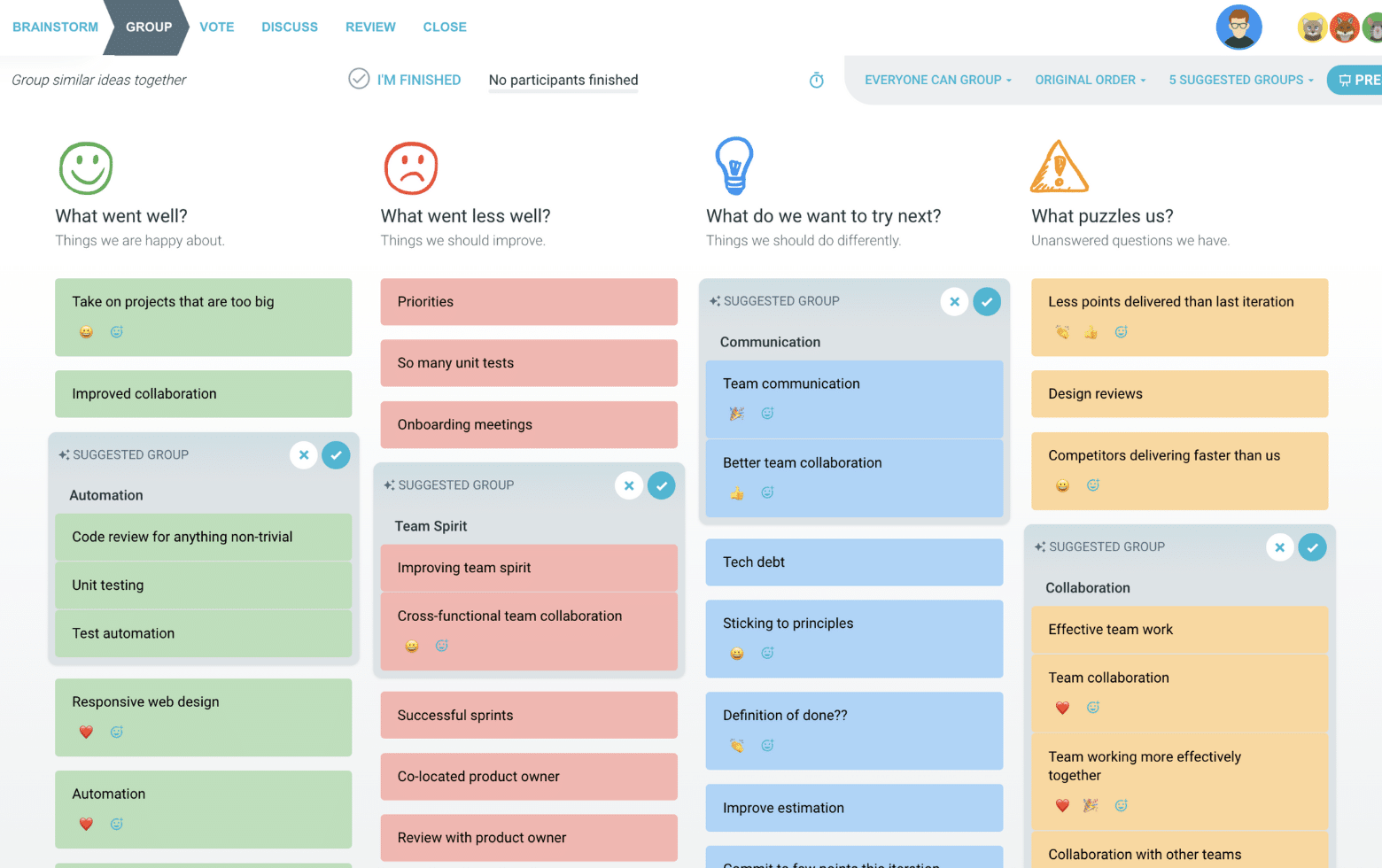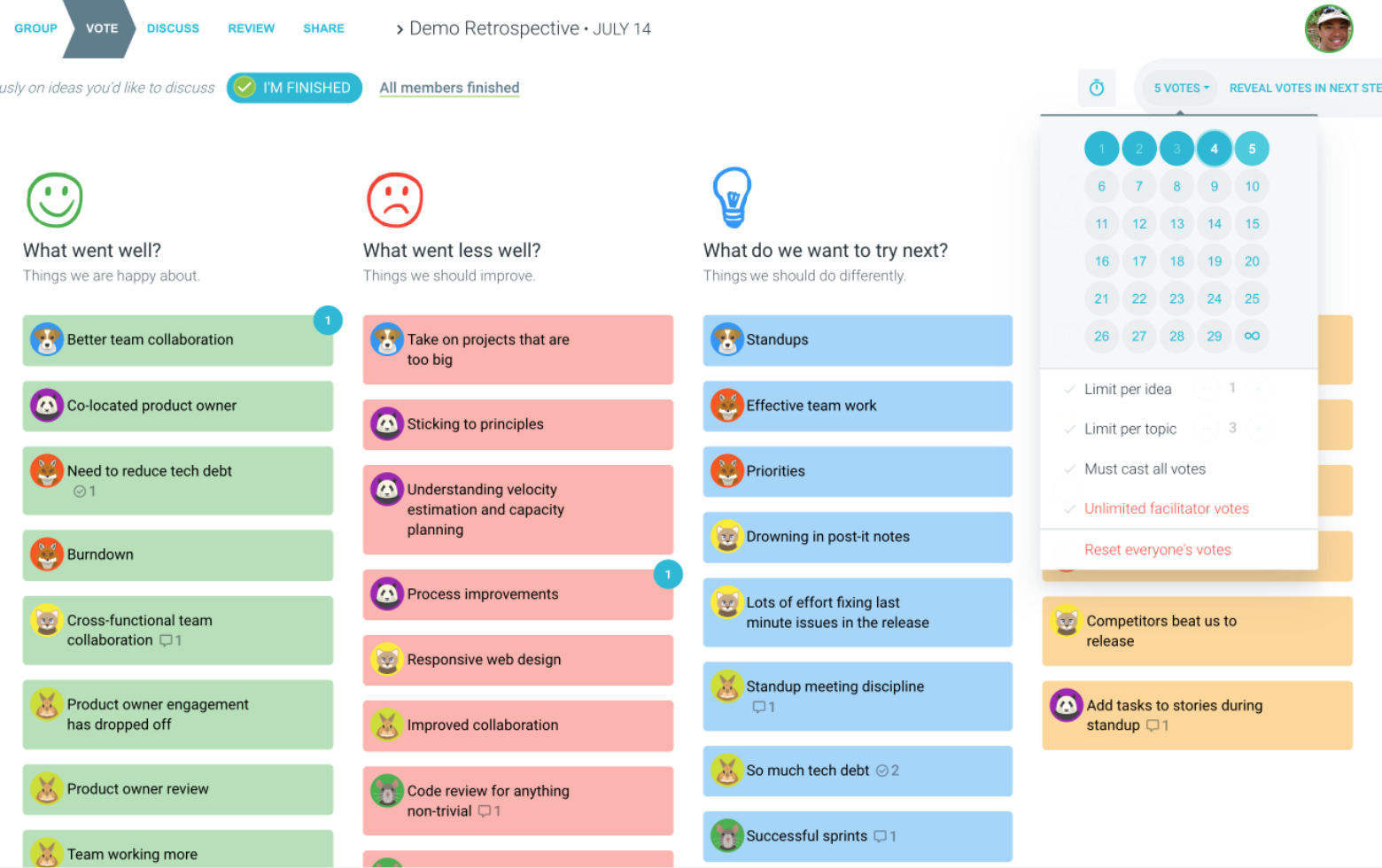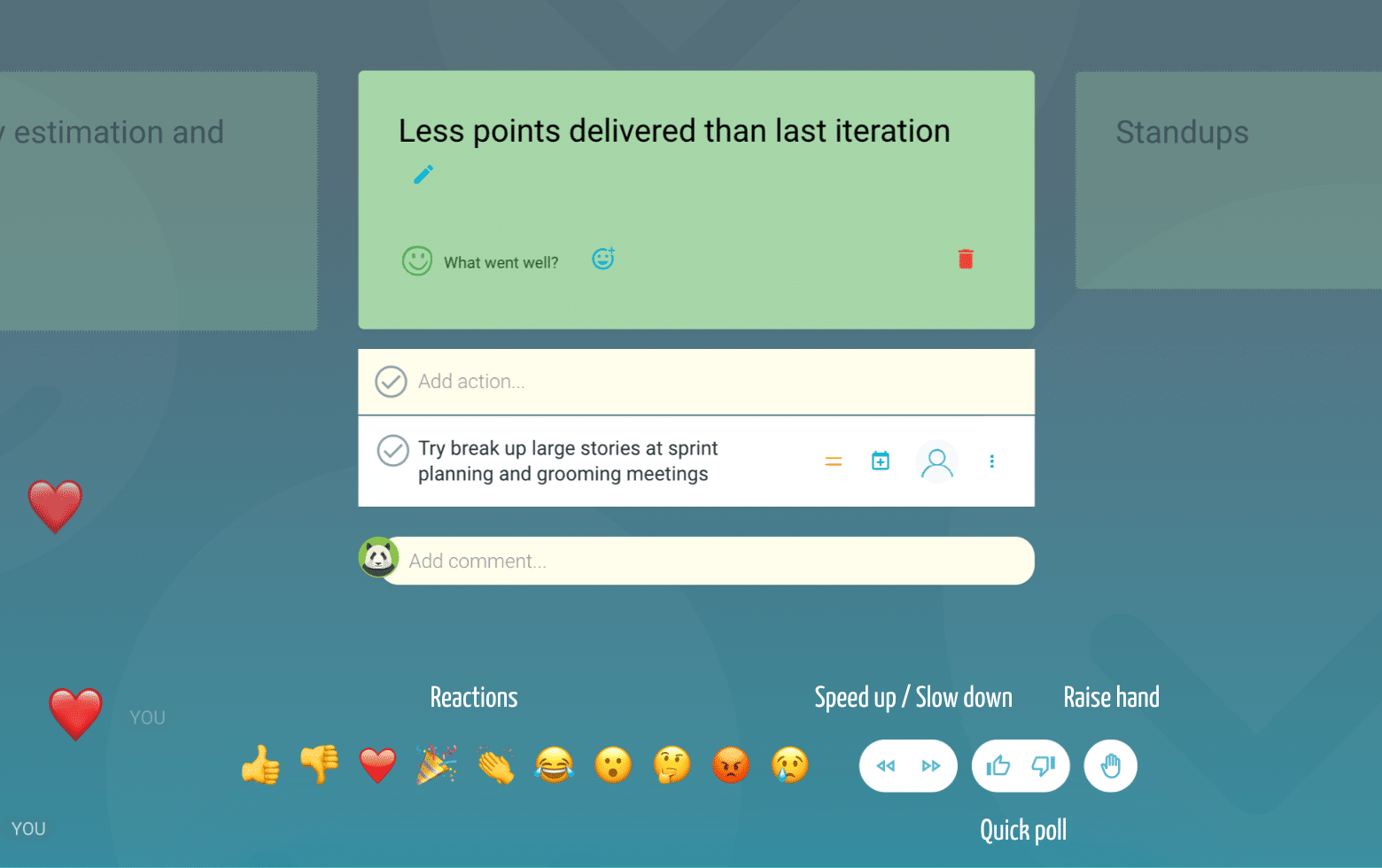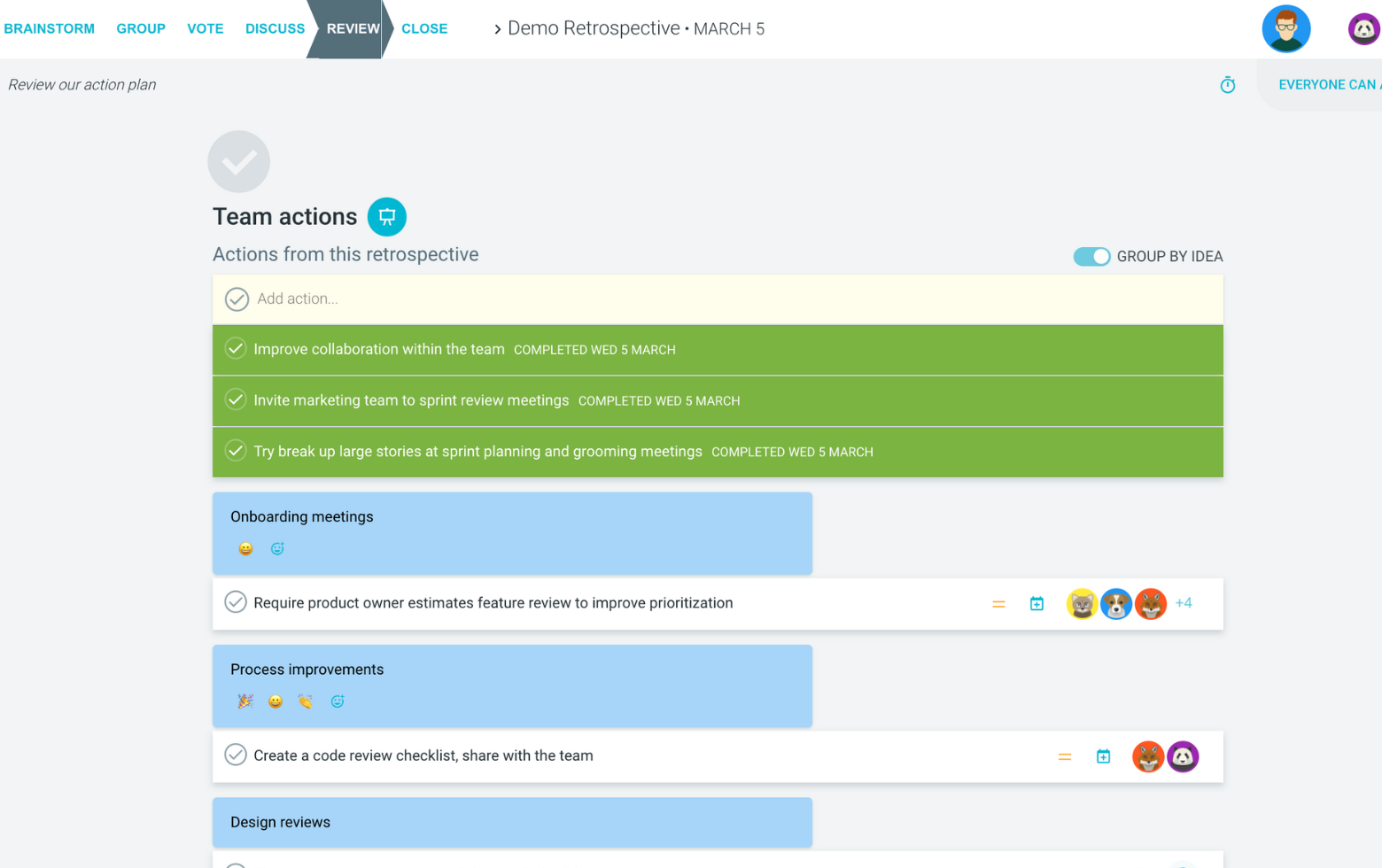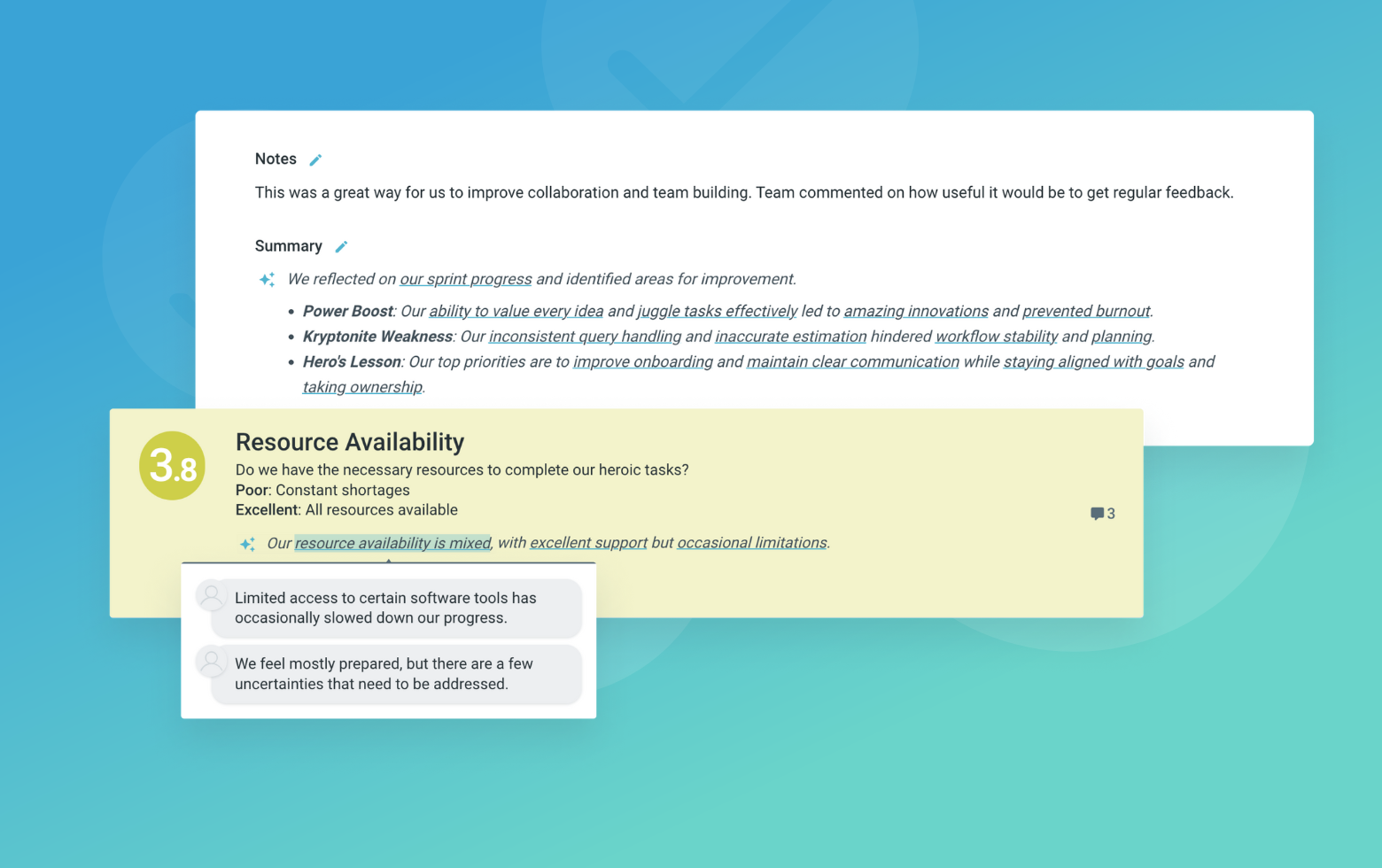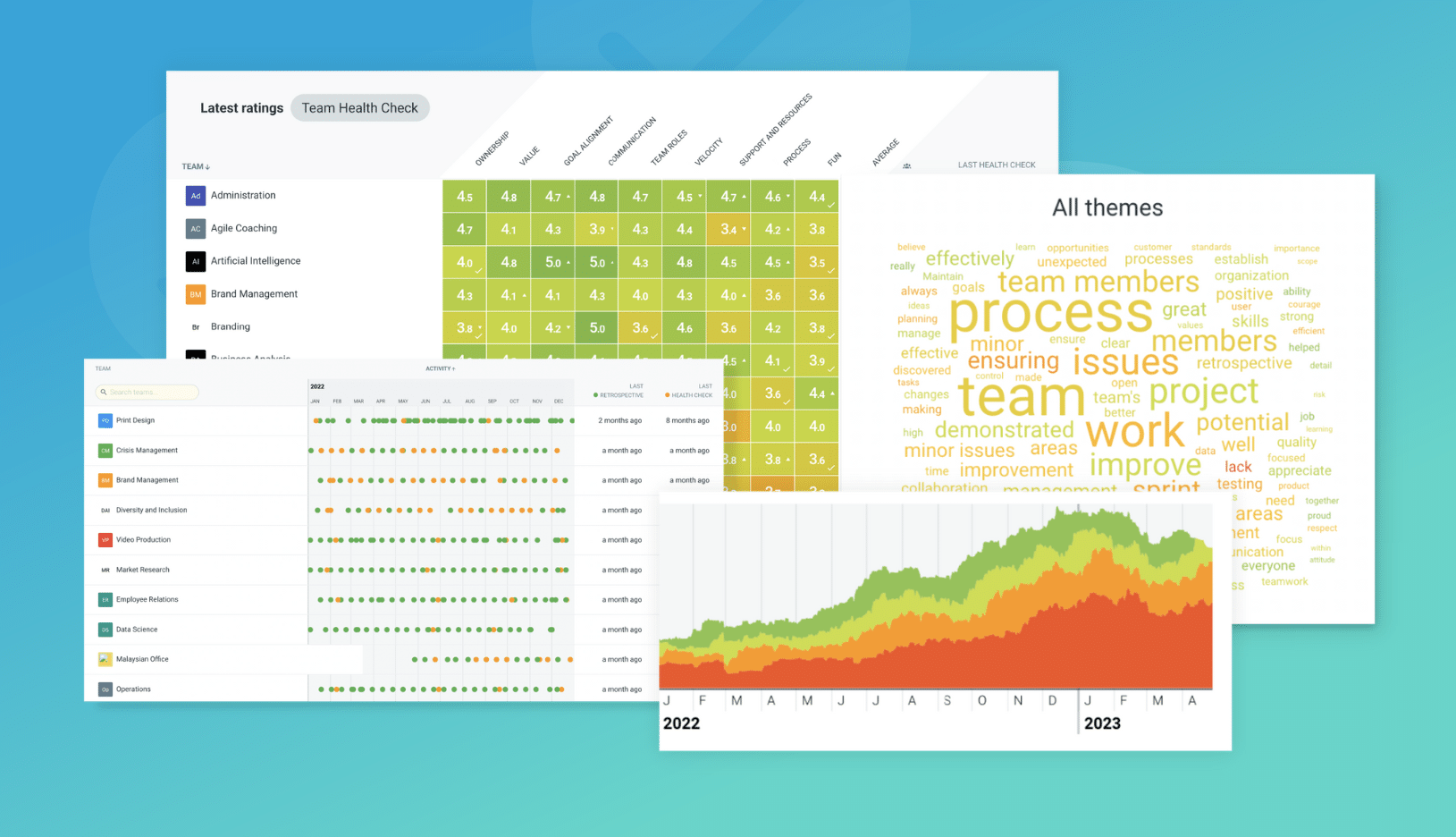What is the Treasure Hunt futurespective?
The Treasure Hunt futurespective is an agile planning tool designed to help teams create a path to success – all while having fun! Team members define their project goal (Treasure), the risks and issues (Rocks) they may encounter, the elements that will help guide them (Navigate) and the resources (Crew) they will need along the way. The ideas they share help inform the way forward.
This futurespective lets your inner child shine! Given a treasure hunt can embrace a number of different themes (pirates, detectives, aliens, ancient egypt) this futurespective can include all sorts of creative elements. This is the fun and engaging tool to use for teams kicking from a new project or sprint, or planning that upcoming epic.
Treasure Hunt futurespective format
Treasure
What is our ultimate treasure? What’s the goal we want to reach?What do we want to deliver?
Rocks
What risks and issues could we face? What do we need to avoid? What may need a special approach to address?
Navigation
What will guide our way forward? What are our points of reference? How will we know if we’re heading in the right direction?
Crew
What skills and tools do we need? What resources do we pack? Who can we turn to for help?
Suggested icebreaker questions for the Treasure Hunt futurespective
- What’s a treasure hunt without a few riddles? Give these ones a go.
- What do you think is treasure that others wouldn’t?
- For remote teams, why not warm up with a virtual scavenger hunt to get them in the mood to seek out treasures!
Retro Rehearsal
Apply the Treasure Hunt futurespective to your upcoming weekend. Define your treasure, rocks, points of navigation and crew.
Ideas and tips for your Treasure Hunt futurespective
- Having a clear idea of the treasure is important to make sure your team is all heading for the same goals or outcomes. Having several treasures in different areas could divide resources.
- Encourage participants to draw on their experience from other projects and their lived experiences to fill in the futurespective template.
- Try setting up some ground rules for the futurespective such as creating team agreements.
- Get your project off on the right foot. Consider using the futurespective to define your team’s Definition of Done.
- Timebox conversations with the help of a timer. This will keep discussions focussed and the futurespective on track.
- Rotate the Scrum Master. This will change the voices that are heard and give people a chance to contribute to the futurespective in a different way.
- Use a Return on Time Invested (ROTI) tool to monitor the effectiveness of your meeting.
- Keep your team agreements in view during your futurespective. Remember you can add to them at any time.
How to run a Treasure Hunt futurespective in TeamRetro
Start Your Session in a Click
Log into TeamRetro and choose your template. Customise questions and the workflow to create your perfect retro for your team.
Create Your Team Easily – No Separate Accounts Needed
Brainstorm Individually – Free From Bias
Smart Grouping for Faster Insights
Fair, Flexible, and Fast Voting
Engage, React, and Capture Key Insights
Walk your team through ideas one by one with Presentation Mode. Stay in sync, spark real-time discussions, and capture feedback with comments, live reactions, and polls—all in one place.
Turn Ideas Into Action
Propose next steps with team buy-in, get AI-powered action suggestions, and keep everything in one place. Committed actions sync to your personal dashboard and integrate with your workflow tools—keeping you on track.
Save, Share, and Stay on Track
Get quick AI-powered summaries, add facilitator notes, and store retrospectives in your library for easy access. Schedule your next session and track published actions to keep your team accountable at the next retro.
Turn Team Data into Actionable Insights
Uncover trends, common themes, and key engagement metrics at a glance. Track sentiment shifts, analyze conversations, and monitor completed actions to drive continuous improvement.
